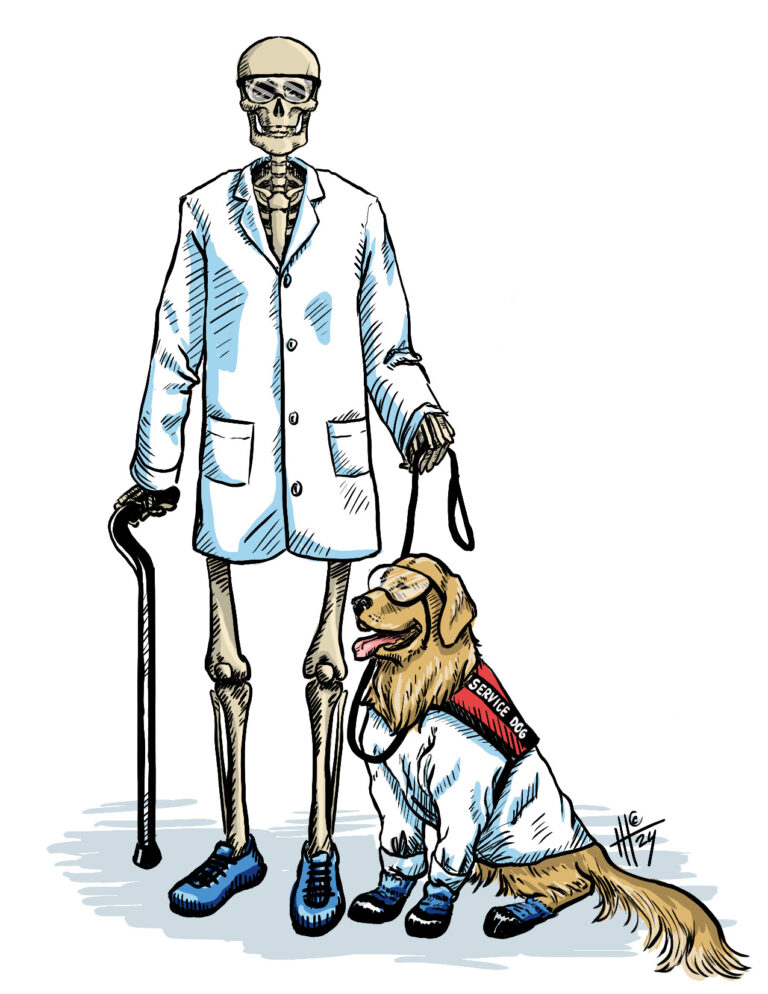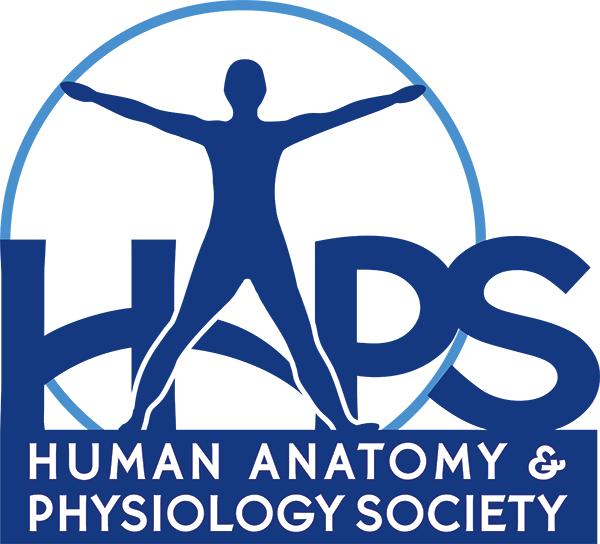Creative and Impactful Ways to Meet Student Lab Accommodations Like a Pro

Ensuring all students have equitable moments for learning is at the forefront of our HAPS goal of promoting excellence in the teaching of human anatomy and physiology. Providing students extra time on lecture exams may require relatively minimal effort, while…
